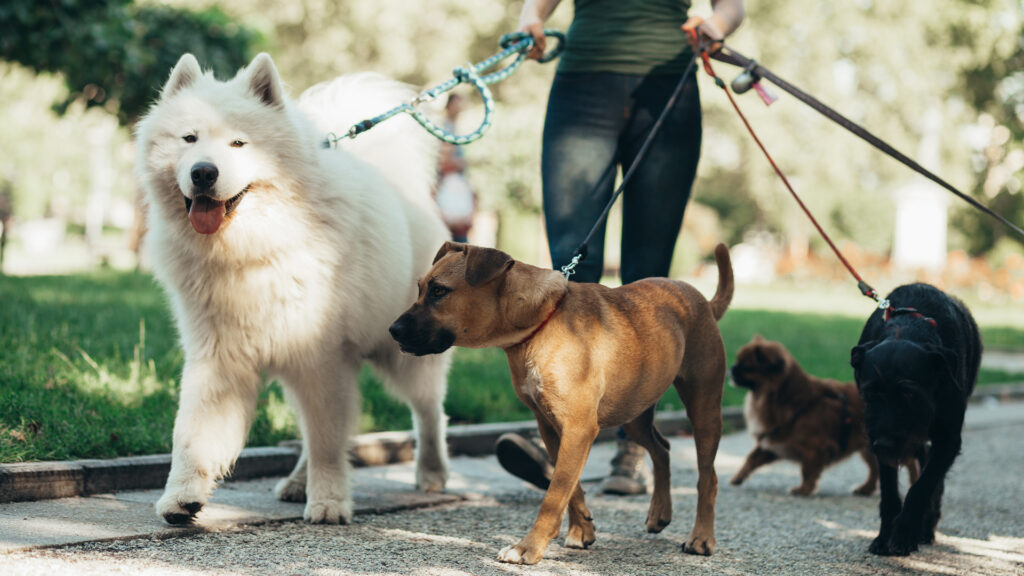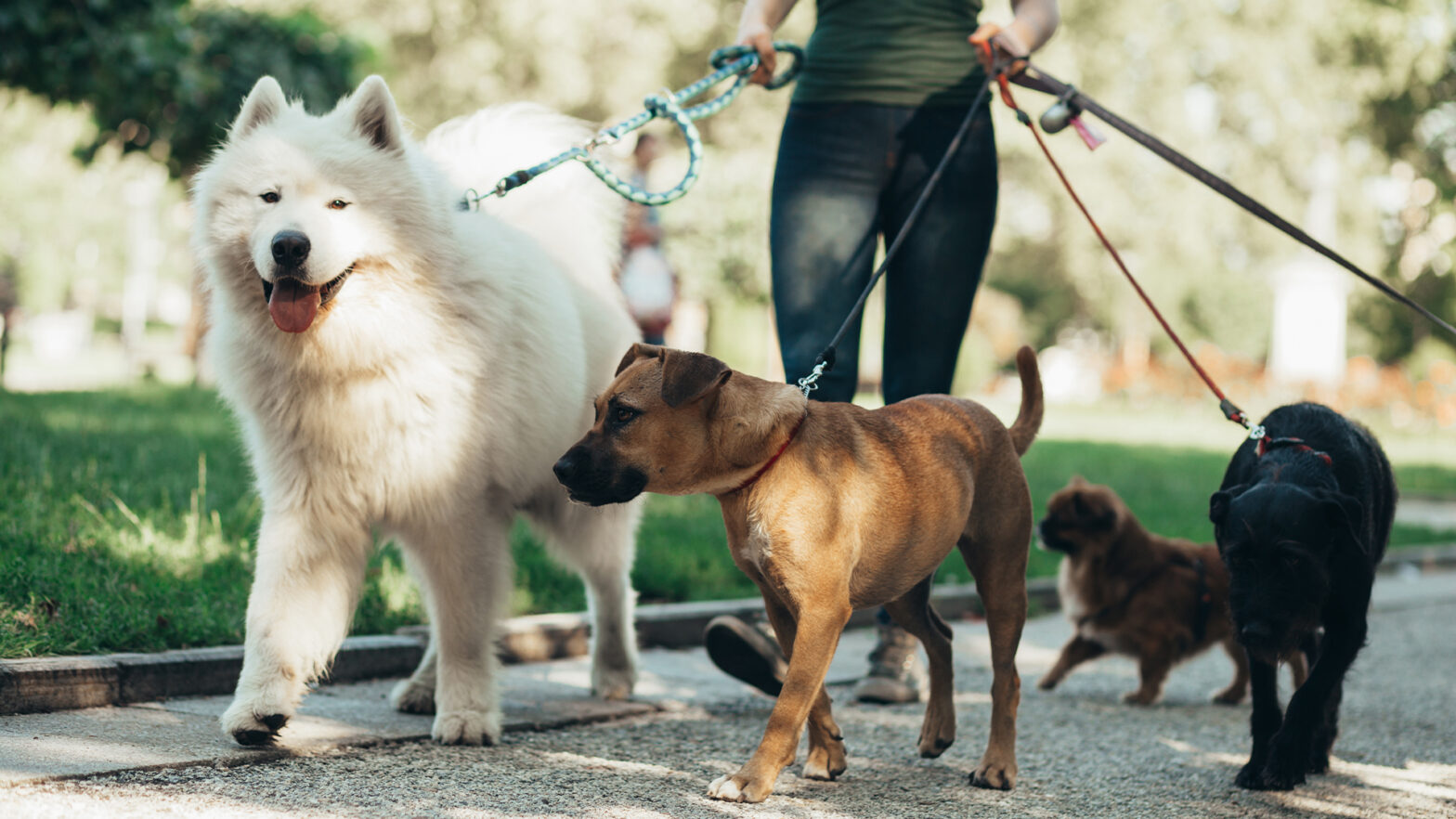
Whether you’re a dog walker by profession or a loving dog owner, avoiding plants that could harm your pets during your springtime walk is a must. Not only can your pet eating a toxic plant be concerning, but it can also be costly, with the national vet spending jumping from 4 billion to over 5.3 billion in 2022.
Lynne Fisher, Associate Director at Cliverton, says: “Your springtime walks are a great time to explore with your pet; you don’t want to be worried about what they might eat while out in nature. But the truth is, there’s plenty out there that could be harmful and even dangerous for your dog to ingest. Knowing what to look for, warning signs, and how to care for them in the unfortunate instance is the best way to safeguard your four-legged friend’s health.”
Cliverton, dog walker insurance providers, have paired with Canine Nutrition & Behaviour expert and host of A Dog’s Life Podcast, Anna Webb, to explore the plants you need to avoid and how to care for your dog if they do eat something they shouldn’t.
Hazardous plants
Walking in the park or hiking with your dog should be a fun adventure, a good source of exercise, and a bit of mental health respite for you and your pet. As such, you don’t want to be worrying about the complications you can face if your dog eats something they shouldn’t.
Anna Webb says: “Many spring plants like Daffodils and Tulips can be toxic to dogs in the right quantity, but the bulbs contain the highest concentration of toxins, so are particularly hazardous if eaten.”
Looking out for large quantities of these flowers and flowerbeds is important to prevent your dog from eating them – especially if there are decorative flowerbeds near a picnic bench or other resting place. Keeping them on a lead is the easiest way of ensuring they’re not wandering off and having a munch without you knowing.
Webb continues to say these plants can be particularly hazardous as “they can also cause a stomach or throat blockage, which is a big vet emergency. Hyacinth plants similarly can cause stomach upsets, irritation, and vomiting.”
What else to avoid during spring?
But it isn’t only flowers that dogs can get their mouths on when out walking. In fact, plenty of hazards and litter can cause problems for your walks during springtime.
Webb continues: “Be very mindful of sticks – throwing a stick can cause a huge vet emergency. When thrown, they can turn into a ’javelin’ with the stick piercing the throat lining. Chewing sticks can also splinter, and shavings can similarly get stuck in your dog’s throat.”
Outside of natural hazards, litter can also cause a problem for your walks. In fact, the State of Our Trails Report found that there were approximately 9.1 million single-use litter products around the UK. These products, from bottles to packets, can cause a problem for your dog, who might suffocate, eat something they shouldn’t, or stand on something dangerous without your knowledge.
“Be aware of takeaways and debris left from picnics. Plaster containers/ cutlery with foodstuffs or crumbs are of high value to dogs. Remember, dogs are natural-born scavengers, so finding food remains is exciting to them. Discarded chicken bones are another red alert! Cooked bones splinter and can get stuck in the throat,” Webb says.
To prevent your pet from eating something they shouldn’t or standing on dangerous litter, try to keep them away from unclear footpaths. These can include hedges or long grass areas where the ground isn’t clearly visible. This way, you can see any hazards for your pet. Stick to designated footpaths where possible and check areas before letting your dog explore.
Another temptation to dogs during the Easter holidays is chocolate. Chocolate, however, is particularly harmful for dogs.
Webb says: “With Easter approaching, be mindful of easter eggs – dark chocolate, in particular, is toxic to dogs in the right quantity. It contains the alkaloid called theobromine, which affects the central nervous, cardiovascular, and respiratory systems and has a diuretic effect in dogs. Dark chocolate combined with the wrapping can be fatal to dogs if not caught in time.”
What to do if your dog does eat something
If you do notice that your dog is behaving differently after their walk, looks in pain or discomfort, or shows any symptoms that are worrying you, then it is important to take them to the vet. Remember, you know your dog and their behaviour best.
If there are symptoms such as vomiting or skin allergies, it is best to get your pet checked out. This can be from a number of factors, and not always worrying ones, but it is best to get them checked over if you’re concerned or unsure what they might’ve eaten.
Webb says: “The best advice to a dog walker is to take a piece of the suspected plant or flower to the vet to allow for quick diagnosis.
“If you think your dog has eaten something it shouldn’t, the best advice is to go to the vet where they can give a sickness injection. This obviously makes the dog vomit everything currently in its stomach. It is always better to be safe than sorry. The foodstuff must be prevented from being absorbed into the system within six hours.”
With better weather on the horizon, it makes sense that we are going to be spending more time outside with our dogs. However, the hazards that can come from both litter and toxic plants can be very real for dog owners and walkers alike. Making sure you’re taking precautions and visiting the vet when necessary is essential for the health and safety of your furry friend.



















